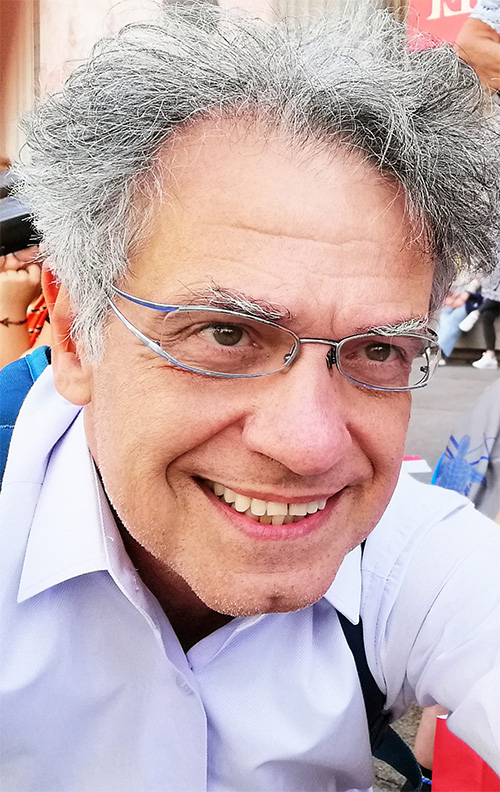
Professor and Head of the Dept. of Conservation of Antiquities & Works of Art
Dept. Conservation of Antiquities and Works of Art
Stamatis Boyatzis is a Professor and Head at the Department of Conservation of Antiquities and Works of Art (CAWA) of the University of West Attica.
He received his First Degree in Chemistry from the University of Athens (1982) and his Doctoral Degree from the same Institution after pursuing his Thesis in NCSR Demokritos, Institute of Physical Chemistry during 1983-1987. He has worked as a Post-doctoral Research Associate in the University of Illinois at Champaign-Urbana, Ill, USA (1987-1989); employed by NCSR Demokritos(1996-2000) in charge of the GC-MS and LC-MS facility (Institute of Physical Chemistry) and by the University of Patras as Adjunct Professor in the Department of Materials Science (2000-2003). Since 1996, he also taught Chemistry-related courses as an Adjunct Professor in the Department of Conservation of Antiquities and Works of Art (CAWA) of the TEI of Athens.In 2011 he was elected Assistant Professor.
His teaching duties in both the undergraduate and the graduate level include General, Inorganic and Organic Chemistry, Materials Science, Degradation and Pathology of Materials in Cultural Heritage and Chemical Characterization Techniques. During 2017-2020 he served as the Director of the Department’s Graduate Studies Programme.
He is currently supervising doctoral candidates at the Department of CAWA, and the University of the Arts, London. His research interests lie in materials in art objects and antiquities, specifically, organic and inorganic pigments, binding media, natural and artificial coatings, protein, and polysaccharide materials.He has hands-on experience in an extensive range of analytical techniques, such as Infrared spectrometry with various sampling modes, including micro-spectroscopy mode, UV-visible, and Fluorescence spectroscopies, Gas Chromatography-Mass Spectrometry, X-Ray Diffraction spectroscopy) for investigating their molecular structure, assessing their current condition, elucidating their deterioration mechanisms, and developing new materials for conservation.

